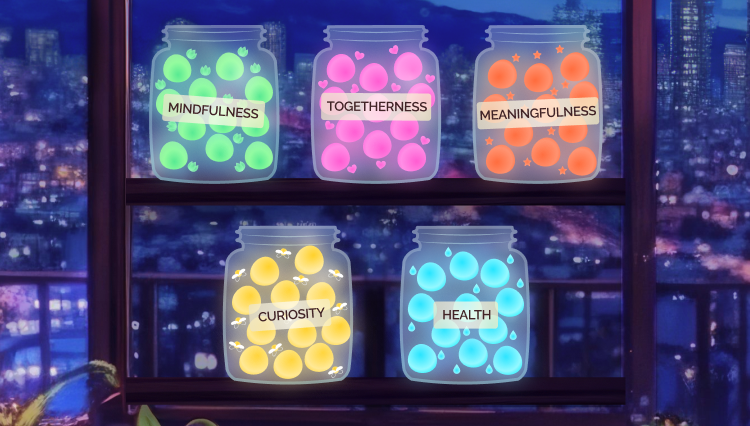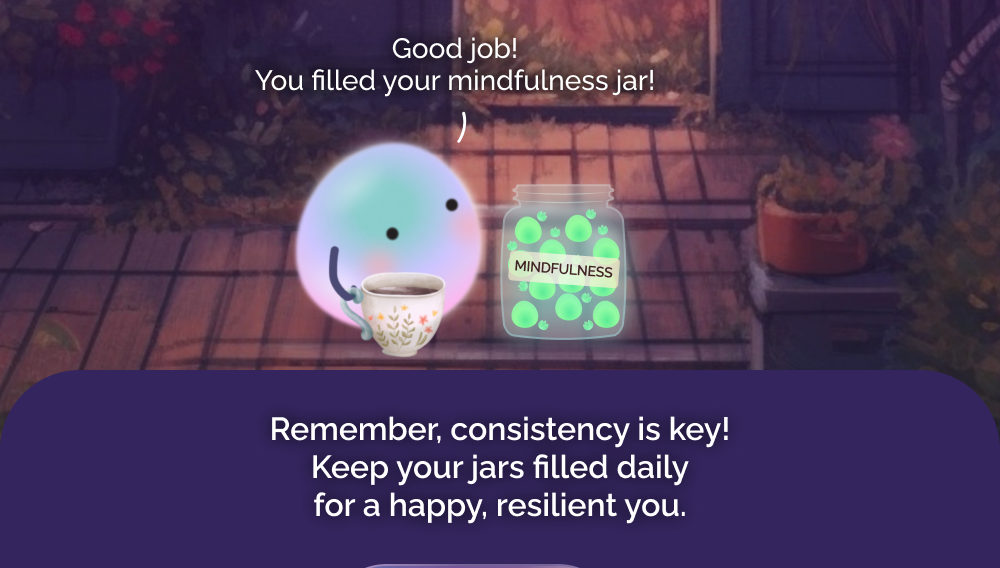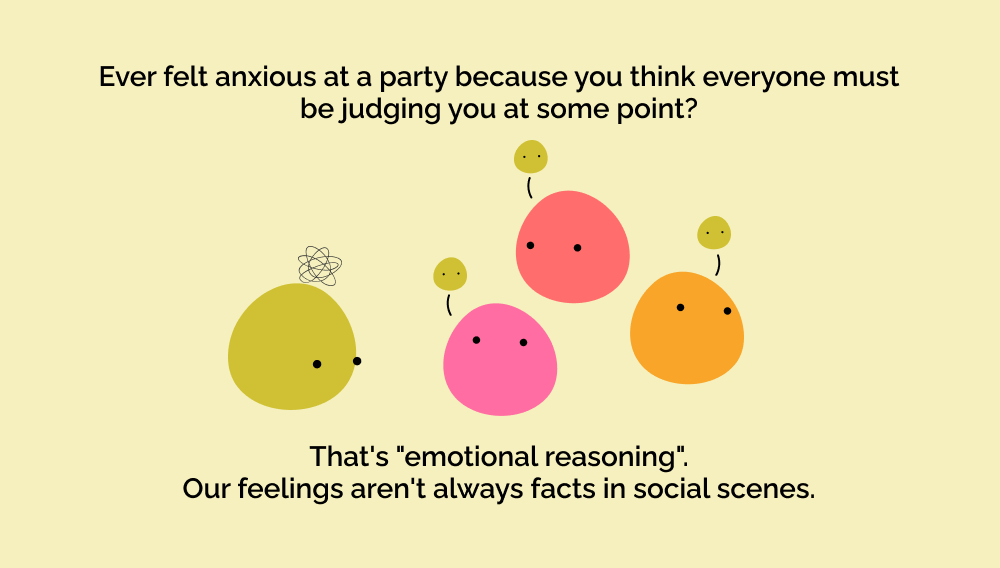In the contemporary, fast-paced world, the pursuit of happiness often becomes a fleeting endeavor. Momentary pleasures often overshadow the pursuit of enduring joy. Yet, true quality of life isn’t about transient highs; it’s about sustainable happiness and an ever-evolving growth mindset.
1. Alignment with Educational Objectives
Before diving into the plethora of available tools, define your SEL objectives. Are you looking to enhance empathy, emotional intelligence, interpersonal skills, or all of the above? A suitable SEL program should align with your specific educational goals and the overall objectives of your institution.

2. Evidence-Based Approach
The efficacy of an SEL tool or program is often determined by its foundation in scientific research. Look for solutions backed by studies, peer reviews, and proven results. Such programs are more likely to provide measurable outcomes and have a lasting positive impact on students.

3. Consistency and Persistence in Usage
The true benefits of an SEL tool or program become evident when students engage with it consistently and persistently. An ideal tool should not only captivate students during initial interactions but also encourage sustained use over time. It’s crucial to select a program that embeds habits of regular engagement, ensuring that students continue to derive benefits long-term.

4. User Experience and Engagement
An effective SEL program should captivate its users. Whether it’s through gamification, interactive multimedia, or relatable scenarios, students are more likely to benefit from a tool that they find engaging. A smooth user experience, intuitive design, and compelling content are pivotal in ensuring sustained student interest.

5. Integration with Current Curricula
When selecting an SEL tool or program, it’s essential to ensure that it complements and aligns with your existing curricula. It should not feel like an add-on but rather an integral part of the learning journey. By seamlessly blending with established lessons and units, an SEL program can enhance learning outcomes without disrupting the flow of instruction.

6. Support and Professional Development
A good SEL program goes beyond just the tool. It offers training, resources, and continuous support for educators. This ensures that teachers are well-equipped to implement the program effectively and can troubleshoot any issues that might arise.

Choosing the right SEL program and tool is a critical decision that can significantly shape the emotional and social landscape of an educational setting. By considering the factors above, educators can make an informed choice that not only aligns with their objectives but also offers the best possible learning experience for their students.

Let’s Learn, Connect, and Thrive Together on The Journey to Sustainable Happiness!

